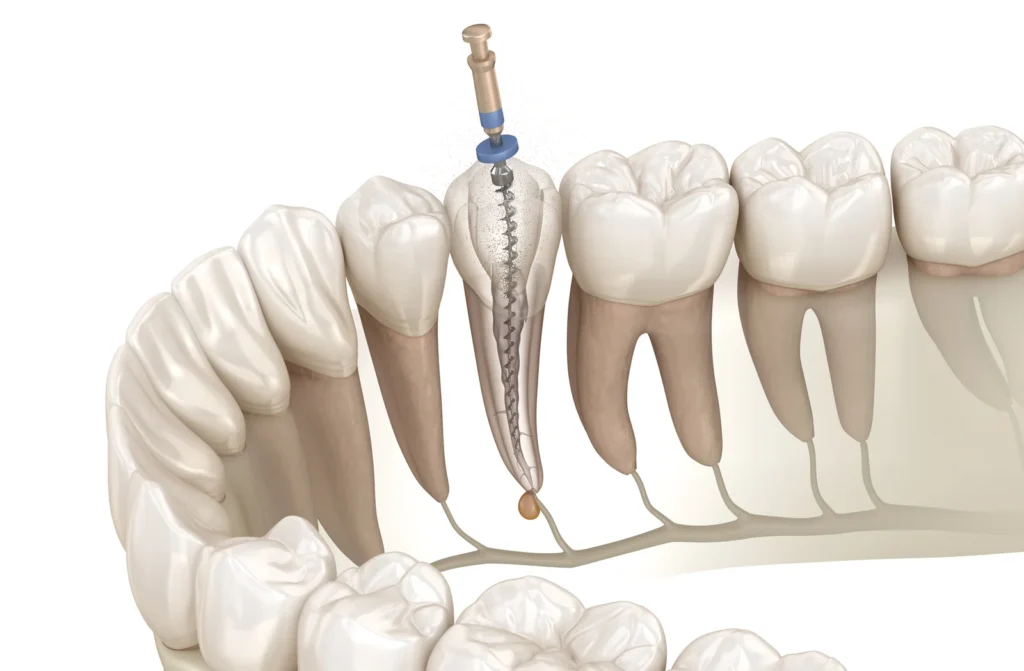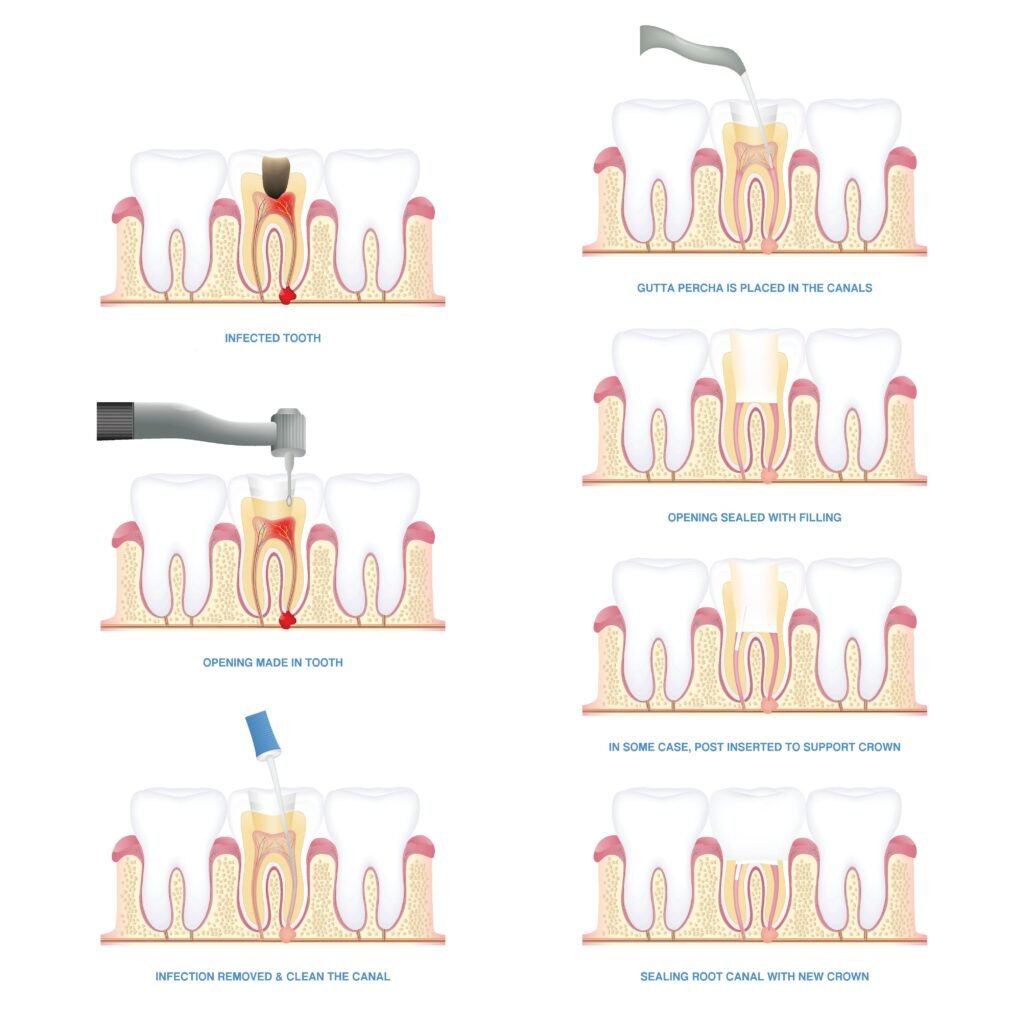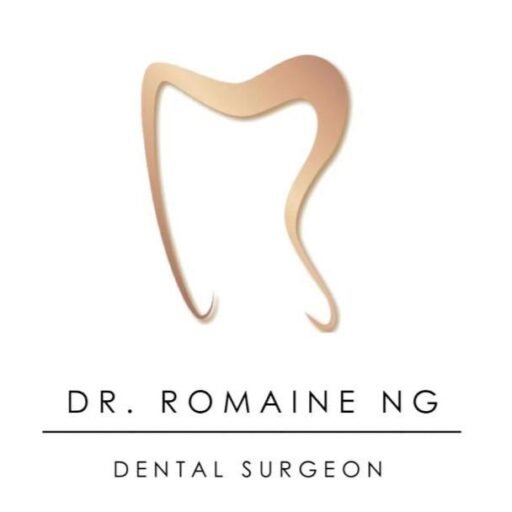Root Canal Treatment

What is Root Canal Treatment (RCT)?
Root Canal Treatment (RCT), also known as “杜牙根” in Chinese, is a dental procedure designed to save a severely infected or damaged tooth.
It involves removing the infected or inflamed pulp (nerve and blood vessels) from the tooth’s interior, cleaning and disinfecting the root canal, and sealing it to prevent further infection.
Why is RCT Needed?
RCT is recommended when the tooth’s pulp becomes infected or inflamed due to deep decay, trauma, or repeated dental procedures.
If left untreated, the infection can spread, leading to abscesses, bone loss, or even tooth loss. RCT helps preserve the natural tooth and alleviate pain.
Symptoms include:
- severe toothache
- sensitivity to hot or cold
- swelling etc.
Please consult your dentist to make an accurate diagnosis and treatment plan.

Step-by-Step RCT Procedure:
- Local Anesthesia: The area around the affected tooth is numbed to ensure a pain-free procedure.
- Access Opening: The dentist creates an opening in the tooth’s crown to access the infected pulp.
- Cleaning and Shaping: Using specialized tools, the dentist removes the infected pulp, cleans the root canal, and shapes it for filling.
- Filling the Canal: The cleaned canal is filled with a biocompatible material (gutta-percha) to seal it and prevent reinfection.
- (Post placement in some cases): A post is inserted within the canal to support and strengthen the tooth to prevent fracture.
- Restoration: A crown or filling is placed to restore the tooth’s function and appearance.
FAQs about Root Canal Treatment
Yes, in most cases.
After RCT, the tooth becomes more brittle and prone to fracture. A crown provides strength, protects the tooth, and restores its functionality.
Usually no. The procedure is performed under local anesthesia, ensuring minimal discomfort. Post-treatment soreness is normal but manageable with painkillers.
The procedure typically requires multiple visits, depending on the tooth’s condition and complexity.
Within a few days for most cases.
While RCT has a success rate ranging from 85% – 95%, failure can occur due to missed canals, reinfection, or improper sealing. Regular follow-ups help monitor the treated tooth.
Avoid chewing hard foods immediately after RCT. Once the crown is placed, you can resume normal eating, but avoid excessive force on the treated tooth.
Yes, the tooth can still decay. Maintain good oral hygiene, regular check-ups, and avoid sugary foods to protect the treated tooth.
Sensitivity may occur if adjacent teeth or gum tissues are affected. It could also indicate incomplete healing. Consult your dentist for evaluation.
Quick Links
Contact
- +852 9532 1766
-
Room 1605, Island Beverley Center,
No. 1 Great George Street, Causeway Bay, Hong Kong
©DR. ROMAINE NG, All Rights Reserved
